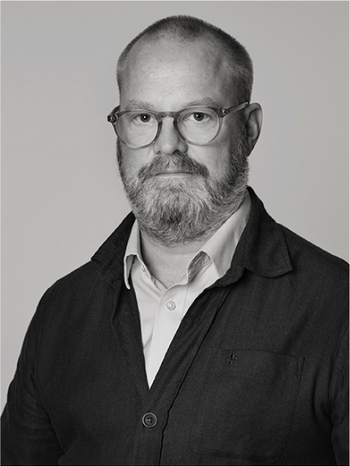Pehr Hilleström
"Hos spåkvinnan" (At the fortune teller)
Canvas 61 x 69.5 cm. Period gilded frame.
Alkuperä - Provenienssi
Previously in Mrs. Edelstam's collection.
Kirjallisuus
Vävfvaren och målaren - hans lif och hans verk", 1900, probably identical with cat no 49, p. 209.
Muut tiedot
Pehr Hilleström is considered the first true genre painter and contemporary chronicler in Sweden. He depicts the people of the Gustavian era engaged in work, leisure, and festivities. All social classes are represented in his paintings, from the elegant high-born ladies to the simple kitchen regions. He portrays his models in often staged environments in a matter-of-fact narrative style and according to certain established conventions. Hilleström is not interested in any psychological interpretation but instead allows them to express themselves through gestures and facial expressions to highlight the anecdotal content of the image. These small genre scenes were appreciated primarily by the owners of estates and wealthy burghers, but also by the nobility. In these everyday scenes, one can see similarities with the genre paintings of the French artist Jean-Baptiste-Siméon Chardin.
The young officer's son began his artistic education in Stockholm with the wallpaper master Johan Philip Korn and at Guillaume Taraval's Royal Academy of Fine Arts. Through the mediation of the palace architect Carl Hårleman, Hilleström became a weaving apprentice at the Royal Palace in 1747 under the French haute-lisse weaver Louis Pierre Duru, as well as a drawing apprentice to Jean Eric Rehn. To deepen his knowledge of the haute-lisse technique, he travelled to Paris in 1757 and worked for a year in François Boucher's studio. Under this foremost chronicler of the French Rococo, he also received training in painting and learned the master's painting technique with thin layers of paint. In Paris, he also received evening instruction at the Académie des Beaux-Arts under Chardin. Upon his return to Stockholm, Hilleström worked as a weaver at the Royal Palace, but from 1773 he increasingly devoted himself to easel painting. In 1776, he was appointed court painter, in 1794 he became a professor at the Royal Academy of Fine Arts, and in 1810 he became its director.
















































